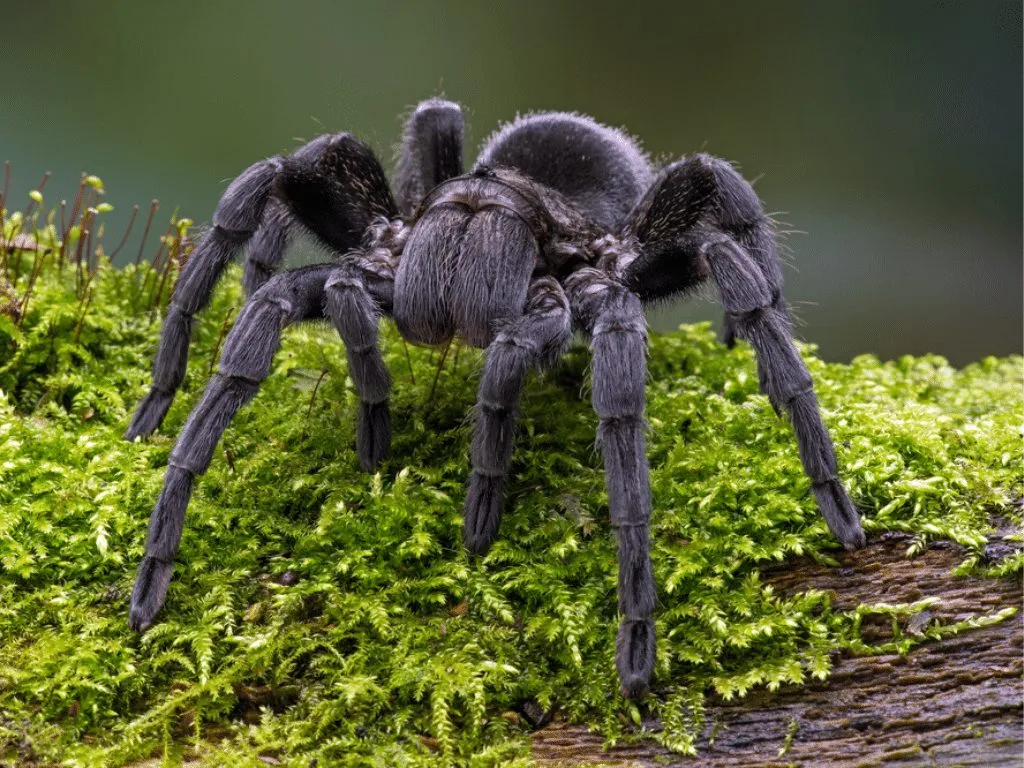What are New World Tarantulas
New World tarantulas represent a captivating group of spiders, enthralling both arachnid enthusiasts and curious onlookers. These fascinating creatures are native to the Americas, inhabiting diverse ecosystems from the southern United States through Central and South America. Distinct from their Old World counterparts, these tarantulas often exhibit different temperaments and defensive strategies, making them a unique subject of study and pet ownership. They are known for their impressive size, vibrant colors, and the intriguing behaviors that have captivated people for generations. Understanding these spiders requires delving into their origins, habitats, and the characteristics that set them apart.
Origin and Habitat
New World tarantulas have a broad geographical distribution across the Americas, ranging from the arid deserts to the humid rainforests. Their habitats are as diverse as their appearances, each species adapting to the specific conditions of its environment. These arachnids can be found in various niches, including burrows in the ground, under rocks and logs, and in the canopies of trees. The specific habitat of a New World tarantula species often dictates its behavior, appearance, and even its defensive mechanisms. This adaptability is a testament to their resilience and evolutionary success.
Physical Characteristics
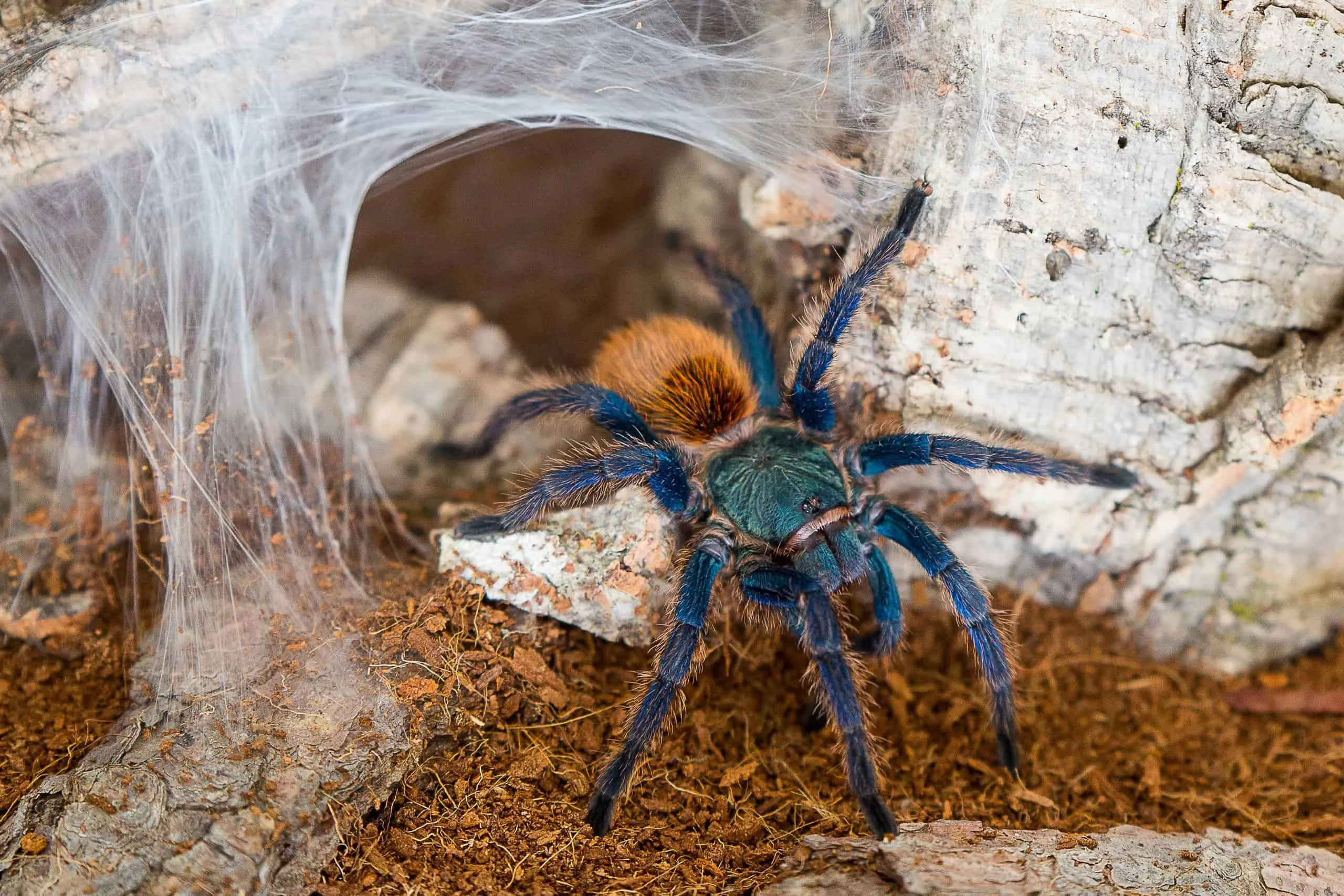
New World tarantulas are characterized by their impressive size and often, their striking coloration. These spiders can range from relatively small, a few inches in leg span, to giants that can reach over ten inches. They typically have a hairy appearance, with the color patterns varying dramatically among different species. These colors can serve various purposes, including camouflage, warning signals, and attracting mates. The overall appearance and size of a New World tarantula often indicate its ecological role and its position within the food web. Their physical attributes are key to their survival, enabling them to thrive in their natural environments.
Key Features of New World Tarantulas
Defensive Mechanisms
New World tarantulas possess several defense mechanisms to ward off predators, including humans. These mechanisms play a critical role in their survival. Unlike some Old World tarantulas, New World species often rely on less aggressive tactics, favoring escape or specific defensive behaviors. Understanding these defenses is crucial for both handling these spiders safely and appreciating their survival strategies. Their methods of defense highlight the complex adaptations that enable these spiders to survive in a variety of environments.
Urticating Hairs
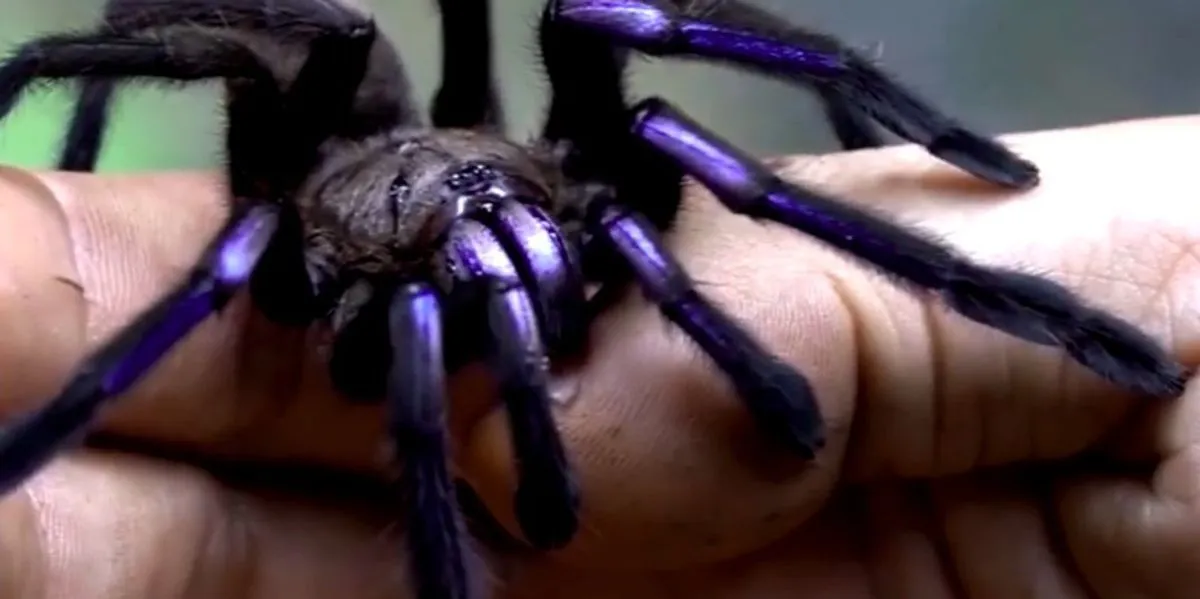
One of the most characteristic defenses of many New World tarantulas is their use of urticating hairs. These specialized hairs, located on their abdomen, are barbed and can be flicked off when the spider feels threatened. These tiny hairs, when they make contact with skin or mucous membranes, cause intense itching and irritation. This is a significant deterrent to predators and is one of the key factors that distinguishes these tarantulas. The hairs act as a primary defense mechanism, allowing them to protect themselves effectively without engaging in direct confrontation.
Bite
While most New World tarantulas are not considered life-threatening to humans, their bite can still be painful and cause localized symptoms. The spider’s fangs, used to inject venom, can penetrate the skin, causing discomfort and possible allergic reactions in some individuals. While the venom is generally not as potent as that of some other spider species, a bite should be treated with proper care, and medical attention should be sought if any severe symptoms arise. Understanding that tarantula bites can happen is a key part of handling and caring for these arachnids.
Venom
The venom of New World tarantulas varies in potency, but is typically less toxic than that of Old World tarantulas. The primary function of the venom is to immobilize prey, and it can cause moderate discomfort in humans. Symptoms may include localized pain, swelling, and redness at the bite site. Allergic reactions are possible, emphasizing the importance of caution and proper care if bitten. While the venom is not generally considered lethal, it’s important to monitor any bite closely and seek medical attention if any severe symptoms arise.
Behavior and Temperament
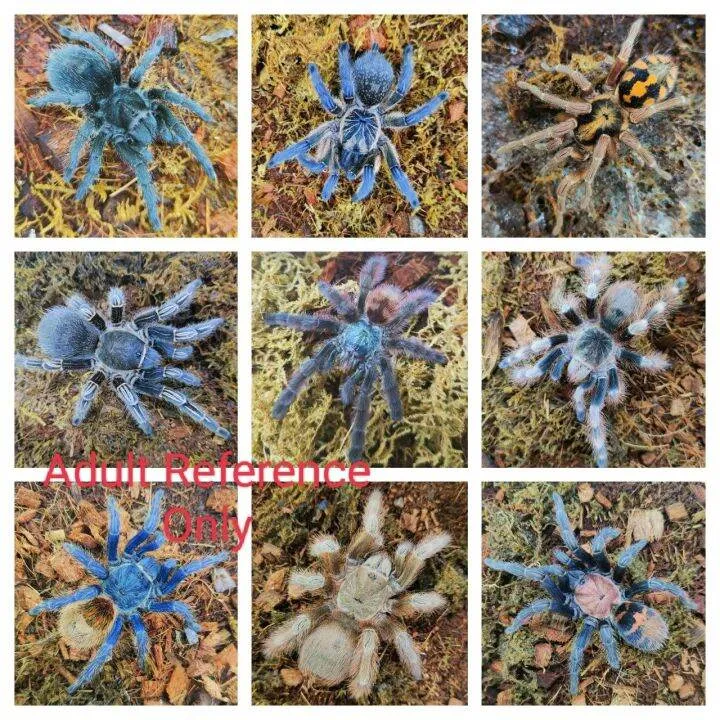
The temperament of New World tarantulas can vary considerably between species. Some are docile and easy to handle, while others are more skittish or defensive. Factors such as the spider’s age, sex, and environmental conditions can influence its behavior. Generally, these tarantulas are more inclined to flee than to attack, but they will defend themselves if they feel threatened. Observing their behavior can provide insights into their needs and their overall well-being. Understanding the specific temperament of a species is vital for responsible pet ownership.
Common New World Tarantula Species
Several species of New World tarantulas are popular choices for pet owners due to their striking appearances and varied temperaments. Each species offers a unique set of characteristics, making them suitable for different levels of experience. Proper care and consideration are essential for these captivating creatures. When choosing a tarantula, research the specific needs of each species to ensure their well-being. The diversity in appearance and behavior offers potential owners a wide range of choices, from the docile to the more active.
Mexican Red Knee Tarantula
The Mexican Red Knee tarantula (Brachypelma hamorii) is one of the most recognizable and popular pet tarantulas. Its distinctive red-orange bands on its legs make it easy to identify. They are known for their relatively docile temperament, making them a good choice for beginners. However, they can still flick urticating hairs, so caution is always needed. Their attractive appearance and manageable care requirements have made them a favorite among spider enthusiasts. They are generally long-lived, adding to their appeal as pets. Their widespread availability and relatively low care needs contribute to their popularity.
Chilean Rose Tarantula
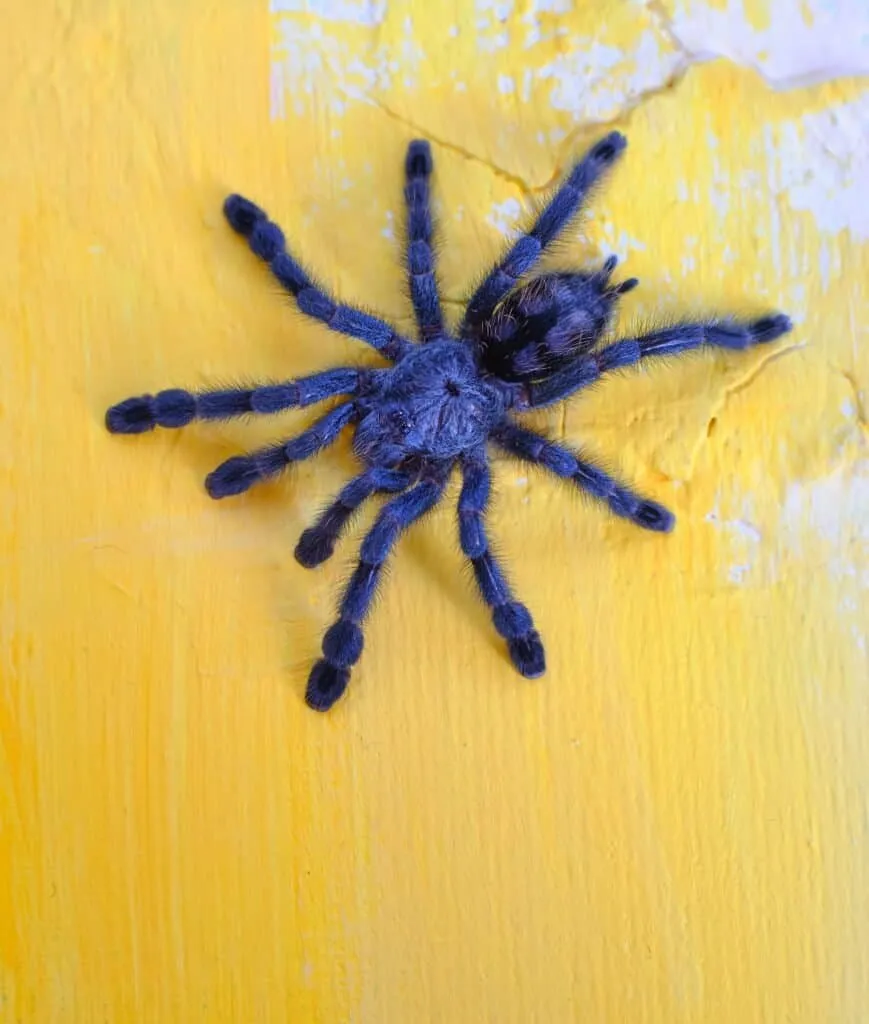
The Chilean Rose tarantula (Grammostola rosea) is another popular choice for beginners. Known for their relatively calm temperament, these spiders are often a good starting point for those new to tarantula ownership. Their coloration can vary from brown to pinkish hues. They are fairly low-maintenance and adaptable to a range of conditions, making them suitable pets. Their docile nature and ease of care have cemented their place as a favorite among beginners. Chilean Rose tarantulas are also known for their hardiness and are generally long-lived.
Pinktoe Tarantula
Pinktoe tarantulas, often referring to the genus Avicularia, are arboreal species with a variety of colors and patterns. Known for their tree-dwelling habits and vibrant colors, they are a more visually striking choice. They require specific environmental conditions to thrive. They are generally more skittish and require more careful handling than ground-dwelling species. Their unique needs and striking appearance make them an appealing choice for experienced enthusiasts. Their care requirements differ from those of terrestrial tarantulas, including needs for humidity and vertical space.
Care and Handling
Proper care and handling are critical to ensuring the health and well-being of your New World tarantula. These spiders have specific needs regarding their enclosure, feeding, and overall environment. Creating a safe and comfortable habitat is crucial for their happiness and survival. Regular maintenance, careful handling, and an understanding of their needs are all part of responsible tarantula ownership. By providing the right environment and care, you can enjoy the unique experience of owning one of these fascinating creatures.
Housing and Enclosure
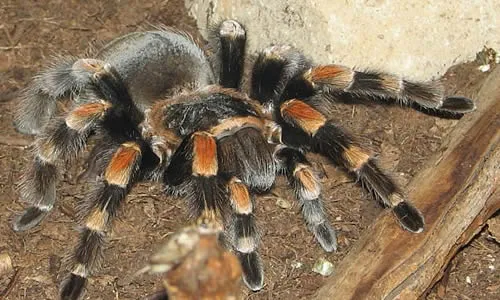
The enclosure for a New World tarantula should be appropriately sized, secure, and provide the necessary environmental conditions. The size of the enclosure should match the size of the tarantula, with juvenile spiders needing smaller habitats. The enclosure should include substrate for burrowing, a water dish, and, if applicable, decorations such as cork bark or artificial plants. Ventilation is also crucial to prevent the buildup of humidity and mold. Ensuring a secure enclosure prevents escape and protects the tarantula from harm. Regular cleaning and maintenance are essential for maintaining a healthy environment.
Feeding
Feeding your New World tarantula involves providing a diet of insects appropriate to its size. Crickets, roaches, and mealworms are common food sources. The frequency of feeding depends on the spider’s age and growth stage, with juveniles needing more frequent meals than adults. It is important to remove uneaten food to prevent mold and maintain a clean environment. Providing a varied diet and appropriate feeding schedule is critical for the tarantula’s health and growth. Offering appropriately sized prey ensures that the tarantula can successfully hunt and consume its meals.
Handling Safety
Handling New World tarantulas should be approached with caution, as even docile species can react defensively. Minimize handling to avoid stressing the spider. If handling is necessary, do so close to the ground or a soft surface to prevent injury if the spider falls. Be aware of the potential for urticating hairs and avoid touching your face or eyes after handling. Understanding the spider’s behavior and recognizing signs of stress is crucial for safe handling. Always wash your hands thoroughly after handling your tarantula.
Lifespan and Reproduction
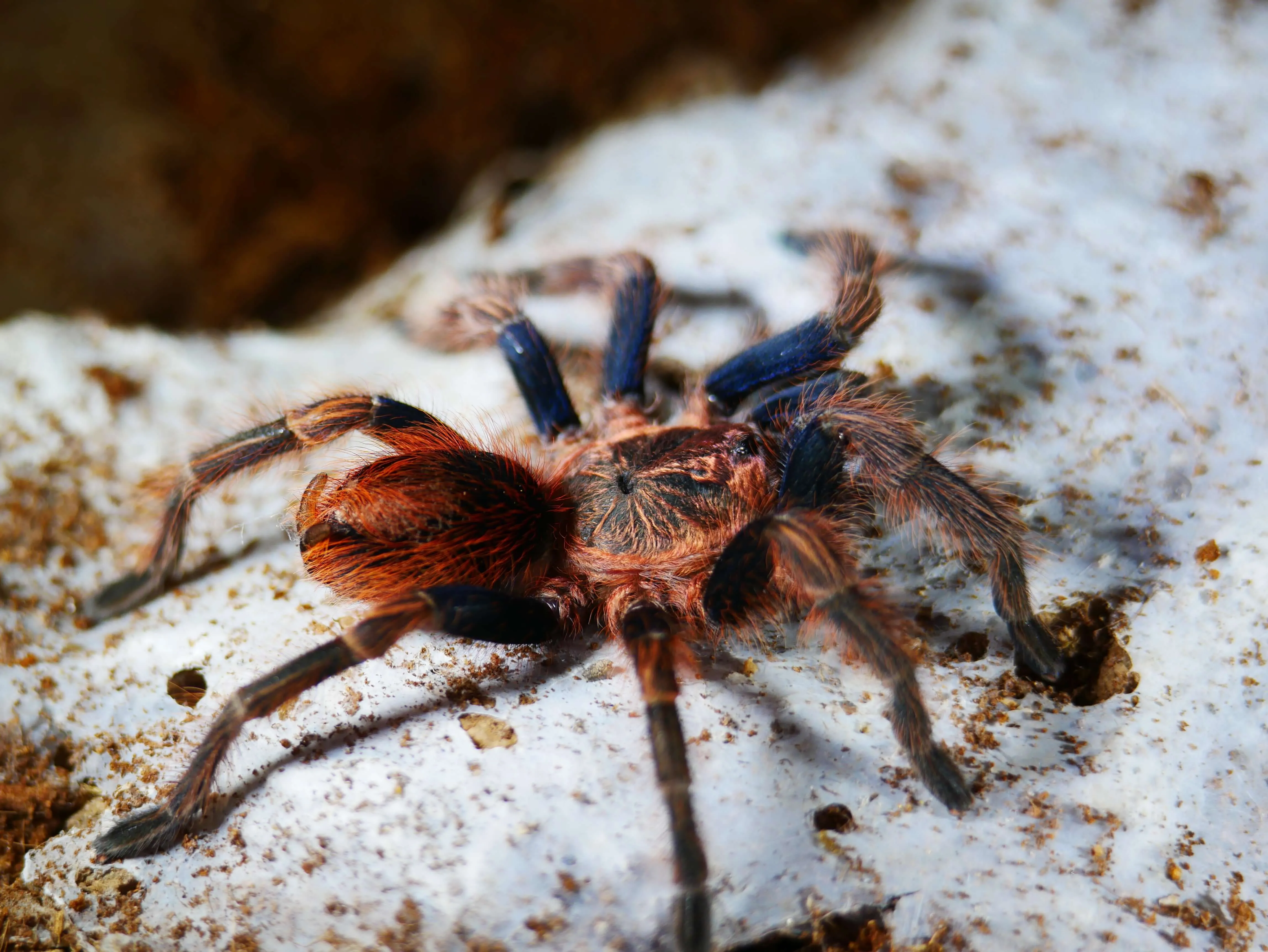
Understanding the lifespan and reproductive habits of New World tarantulas is essential for long-term care and appreciating their life cycle. These factors impact your commitment to the spider and help you understand their needs at different stages of their lives. Their lifespan, which can extend for many years, depends on factors such as species, sex, and care. Knowing the potential duration of their life is a key part of responsible pet ownership. The ability to understand how to reproduce will help you understand their needs.
Lifespan
The lifespan of New World tarantulas can vary significantly depending on the species. Females typically live much longer than males, often up to 20 years or more, while males often die soon after reaching maturity, usually within a few years. Factors like proper care and environmental conditions can also affect their lifespan. Knowing the expected longevity of your tarantula is important for long-term care planning and understanding its needs over its lifespan.
Reproduction
Reproduction in New World tarantulas involves a complex courtship ritual and, if successful, the production of an egg sac containing hundreds of spiderlings. Breeding tarantulas requires specific knowledge and a controlled environment to ensure the safety of both the male and female. The process involves the male transferring sperm to the female, who then lays her eggs. Caring for spiderlings requires special attention to their needs for feeding, housing, and environment. Breeding tarantulas is a rewarding but complex undertaking, requiring dedication and knowledge.
